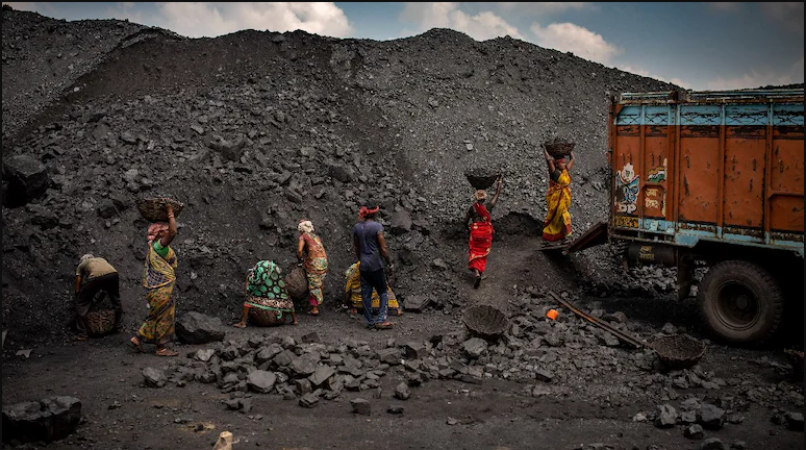
New Delhi: India is indeed the third-largest producer of coal in the world, but its coal exports make up a small percentage of the global total. There are several factors contributing to this situation.
High domestic demand: India has a large and rapidly growing population, which has resulted in an increased demand for energy. Coal remains a significant source of energy for electricity generation in the country, further driving up the demand for coal within India itself.
Poor quality coal: A considerable portion of India's coal reserves consists of lower-grade coal, which is less attractive to foreign buyers. Higher-quality coal is generally preferred due to its higher energy content and lower emissions when burned. This limits the competitiveness of Indian coal in the global market.
Also Read: L&T: Empowering India's Growth and Transformation Through Engineering Excellence
High transportation costs: Many of India's coal mines are located in remote areas, often far from coastal regions where ports are situated. Transporting coal from these remote locations to export terminals can be expensive due to the need for long-distance transportation infrastructure. This adds to the overall cost of Indian coal exports.
As a result of these factors, India's coal exports have not been able to make a significant contribution to the global economy. In fact, India is a net importer of coal, meaning it imports more coal than it exports. This trade deficit imposes substantial costs on the Indian economy annually.
Also Read: BlackRock's Wake-Up Call: Aging Demographics Sound Alarm Bells for Global Economy
To increase coal exports and enhance its contribution to the global economy, India could consider implementing several measures:
Investing in new coal mines: By investing in new coal mines, India can increase its production capacity. This would help meet domestic demand and reduce the need for importing coal. However, it is essential to balance this approach with the need to transition to cleaner and more sustainable energy sources in the long term.
Improving coal quality: India could explore technologies and processes to improve the quality of its coal. Advanced methods like coal washing and beneficiation can remove impurities, enhance energy content, and reduce emissions associated with burning coal. This would make Indian coal more appealing to international buyers and increase its competitiveness in the global market.
Reducing transportation costs: To address the high transportation costs, India could invest in the development of transportation infrastructure.
This includes building new railways, roads, and connecting infrastructure from coal mines to nearby ports. Improving connectivity would make it easier and more cost-effective to transport coal for exports.
Also Read: Microsoft's market cap reaches a record $2.6 trillion thanks to an AI push
By implementing these measures, India could potentially increase its coal exports and contribute more to the global economy. However, it is crucial to acknowledge that coal is a fossil fuel with significant environmental impacts, including greenhouse gas emissions and air pollution.
As the world shifts toward cleaner and more sustainable energy sources, such as renewables and natural gas, the demand for coal is expected to decline globally.
Therefore, India's long-term energy strategy should include a gradual transition away from coal and a greater focus on renewable energy sources to meet its energy needs while reducing environmental harm.